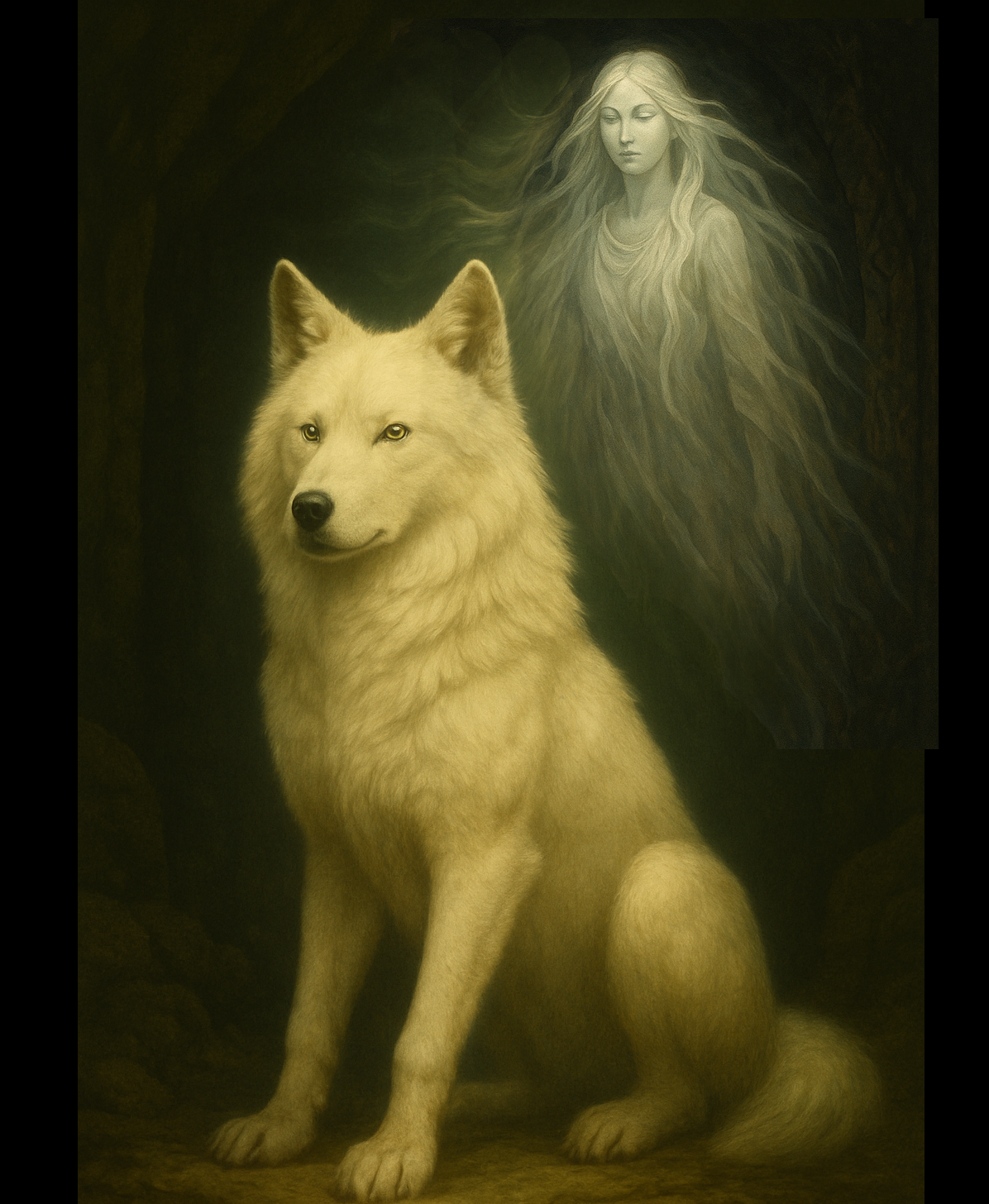
Hortensia de los Santos
Seeker of Ancient Echoes
☰ Menu
A Study of the Myths about Giants
Abstract
The connection between flood myths and giants is surprisingly common across many cultures. In numerous traditions, the flood is not just a divine punishment for general human corruption but specifically aimed at destroying a race of giants who were seen as a threat to the gods or humanity.
The Megalithic Construction Problem- Many megalithic blocks are far larger than what conventional explanations of ancient engineering can reasonably account for.
- Modern technology struggles to move similar-sized stones, even with cranes. The official explanation of ropes, pulleys, and log rollers is impractical in sites with steep, rocky terrain (like Machu Picchu and Puma Punku).
Would it be easier for a race of physically larger humans, or even giants, to handle these enormous blocks?Here's a breakdown of how often this appears across different myths:
-
1 Biblical and Near Eastern Traditions
- Before the flood, the Bible (Genesis6:1-4) mentions the Nephilim, described as "giants" or "fallen ones", born form the union of the "sons of God" and human women.
- The Book of Enoch expands on this, describing how the Watchers (a group of rebellious angels) fathered these giants, who then corrupted the Earth with violence and forbidden knowledge
- The flood is sent specifically to wipe out the Nephilim, restoring divine order.
- Some interpretations suggest Noah himself was spared because he was "pure in his generations", implying he did not have Nephilim ancestry
- Gilgamesh himself is described as two-thirds divine and one-third human, often depicted as a giant or demigod
- Some versions of the myth suggest he survived the flood or sought wisdom from Utnapishtim, the flood's survivor
- There are references to pre-flood "might men" or warriors, possibly paralleling the Nephilim
- Greek mythology speacks of a race of giants who warred against the Olympian gods
- Some accounts suggest the flood of Deucalion and Pyrrha (Greek version of Noah's story) was meant to destroy a corrupt human race descended from these giants
- The Titans(pre-Olympian gods) were also massive beings, and their defeat in the Titanomachy parallels the biblical idea of divine rebellion
- In Norse mythology, the world begins with the giant Ymir, whose body is later used to create the Earth
- The gods slay Ymir, and his blood floods the world, drowning nearly all the other giants
- Two humans, Lif and Lifthrasir, survive to repopulate the world.
- Some shcolars see this as a flood story where the destruction of giants is necessary for human civilization to emerge
- In Hindu mythology, there is a constant battle between Devas (gods) and Asuras (giant-like demons).
- Before the flood, the world was ruled by powerful Asuras, and Vishnu, as Matsya (the fish avatar), saves Manu from the flood to restart a new age.
- The Daityas and Danavas, often described as giant, semi-divine beings, are wiped out in different cycles of destruction.
- The Hopi tell of a race of giants who lived in the previous world but were destroyed by a great flood
- Survivors of the flood were led underground and later emerged into the present world
- The Choctaw of North America have legends of a race of giants who lived before the flood.
- These giants were violent and oppressive toward humans, leading to their destruction by a cataclysmic flood.
- Aztec mythology describes four previous worlds (Suns), each destroyed in catastrophic events, including floods.
- The third world was inhabited by giants, known as the Quinametzin, who were destroyed when the gods ended their age with a great flood.
- The Inca tell of the god Viracocha creating an early race of giants who became corrupt.
- He destroyed them with a flood, sparing only a few humans to repopulate the world.
- Some Polynesian myths describe giant beings living before a great flood, often as early rulers or demigods.
- Easter Island's moai statues are sometimes linked to myths of a pre-flood race of giant ancestors.
-
Nephilim and the Great Food (Genesis, Book of Enoch)
-
Gigantomachy and Deucalion's Flood
-
Ymir and the Great Flood
-
Asuras and Manu's Flood
-
Hopi and the Flood of the Giants
-
Aztec Flood and the Destruction of the Giants
-
Hawaiian and Rapa Nui (Easter Island) Legends
What This Pattern Suggests
- Widespread Belief in Pre-Flood Giants: Many cultures describe a race of giants before a flood, often divine or semi-divine in origin.
- Giants as a Corrupting Force: These beings are usually arrogant, violent, and oppressive, leading to their destruction.
- Flood as a Divine Reset: The gods use the flood to wipe out the old world of giants and create a new one for humans.
Could These Myths Have a Common Source?
- A. Memory of Megafauna?
- Some suggest these myths stem from memories of early humans encountering large prehistoric creatures like mammoths or other extinct hominins (Neanderthals, Denisovans).
-
B. Ancient Civilizations Before the Ice Age?
- If there were pre-Ice Age advanced civilizations, later myths could remember them as giants who perished in floods.
- C. Archetypal Theme of Civilizational Cycles?
- Joseph Campbell would argue that these myths encode the archetypal pattern of destruction and rebirth for not literal giants, but symbols of a lost, fallen age.
Conclusion: A Global Myth with Deep Roots
The connection between giants and floods is found across nearly every major ancient culture. Whether these stories reflect real prehistoric memories, metaphorical truths, or something else entirely, they suggest that the idea of a lost world of giants destroyed by a flood is one of humanity's oldest and most persistent myths.
Interested in continuing reading?